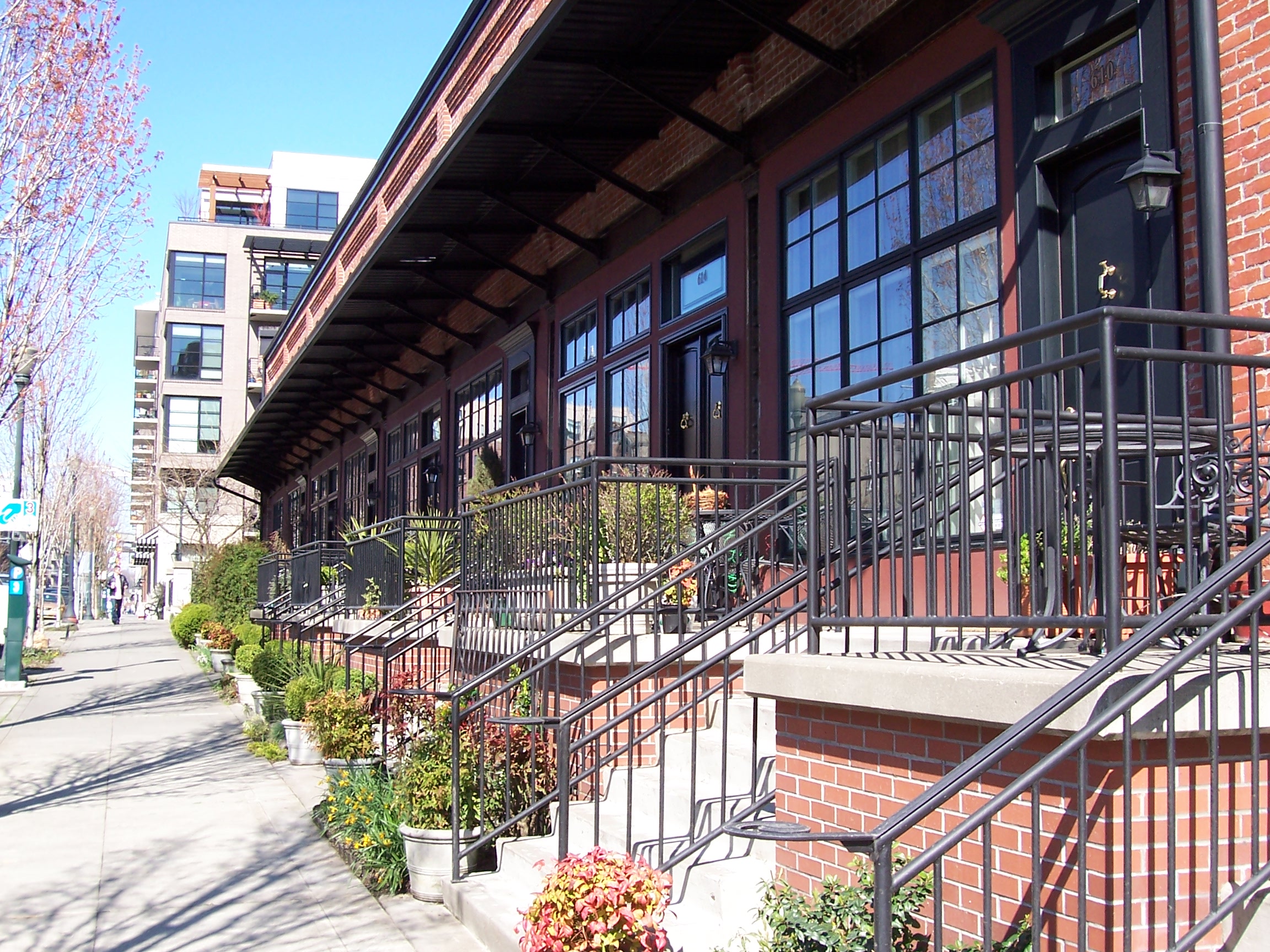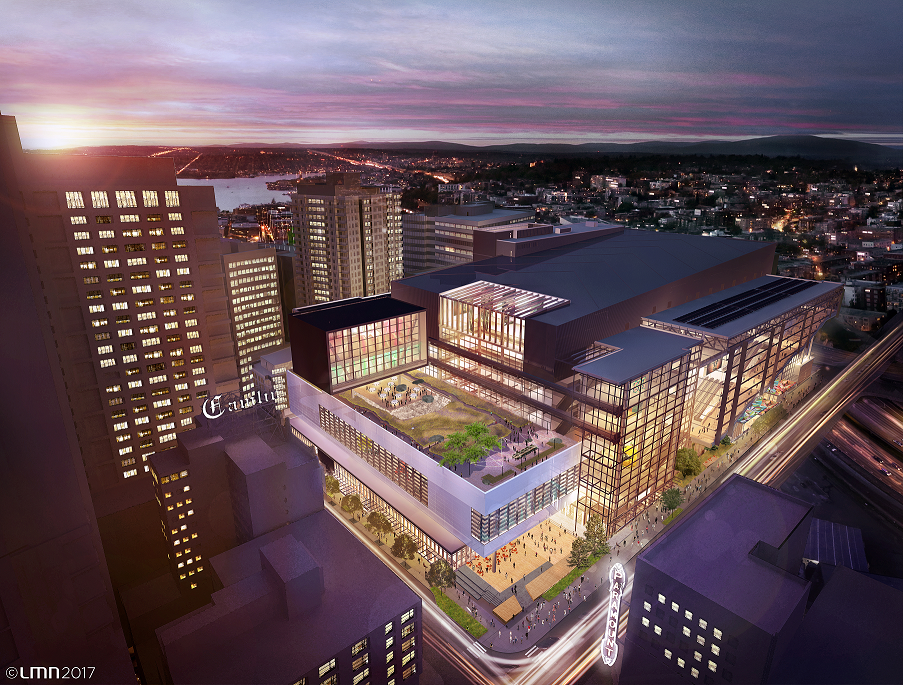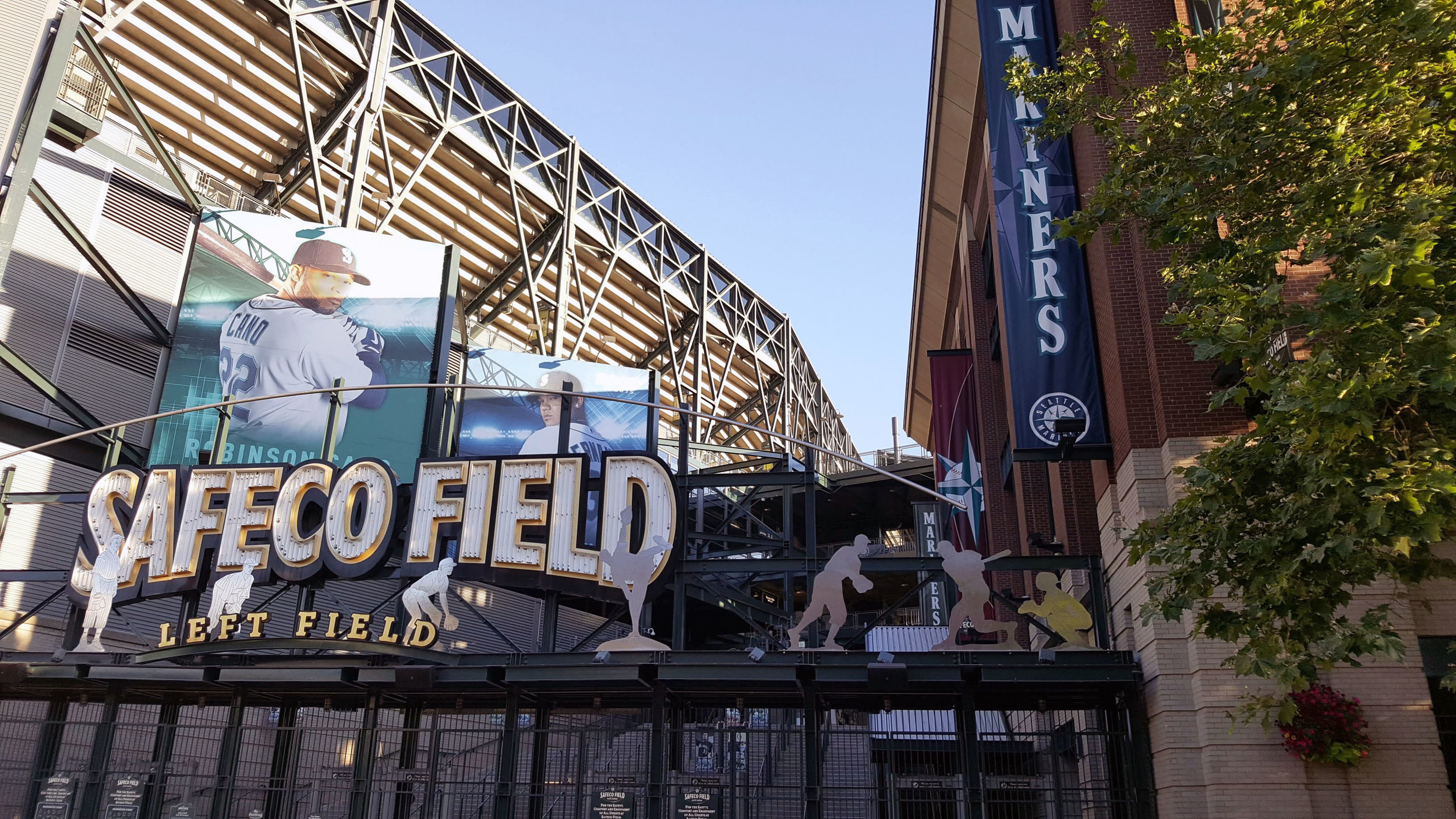In this brave new world of the 21st century, disease and robots make strange bedfellows. If there was ever a time to consider the once-radical concept of a universal basic income, this may be it.
Two forces may yet compel the realization of the previously unthinkable:
The accelerating effects of technology-driven automation — suggesting a world where ever fewer human workers may be required in the not-so-distant future,
coupled withThe historically unprecedented and governmentally mandated concurrent shuttering of American and global economies — with human livelihoods subordinated at least temporarily to mitigating the mortality effects of a novel disease known as coronavirus
And here’s where the long- and short-term drivers of economic life on the planet become intertwined. Even with massive unemployment, the reality is that it really takes fewer and fewer people to provide the basic services — food and shelter — required for survival of the human species.
The long-term march of technology makes it possible to survive the (hopefully) short-term shock of economic dislocation that is now well underway. And independent of one’s views about the ability of the global economy to just manufacture unending credit, the reality is that we are now doing just that — as the federal government borrows more and more in this emergency attempt to avoid widespread bankruptcies, impoverishment, continued health scares, and potential civil unrest.
Conversely, the exigencies of the health crisis and associated social distancing have served to further reward and enrich the technology savvy and already well-heeled — at the expense of an entrepreneurial, home-grown business tradition. Companies like Walmart, Amazon, Microsoft, Google and major financial institutions are becoming ever more dominant.
Despite attempts at expanding the social safety net, there is just too much that falls through the cracks. Proprietors and gig workers are challenged to qualify for unemployment. Small businesses close temporarily, many never to re-open. State and local governments that generally cannot borrow for operating purposes are staring into a fiscal abyss, requiring curtailment of essential public services. Even the medical system is not immune as freeing up space for COVID treatment has come at the expense of reducing other health services needed to financially underpin a full service, sustainable health care system.
In the space of just a bit over two months, government has intruded into the personal, communal and corporate spheres of American life in ways that may prove irrevocable. Whether we like it or not, government led us into the quagmire and will be stuck with much of the responsibility to bring us back out.
What are the ways out? We need to address both the personal and the corporate. The way out on the personal (individual and household) level may be most viable with adoption and funding of Universal Basic Income (UBI). I will attempt to address the corporate side of the equation in a subsequent blog post.
WHAT IS UBI?
The term “universal basic income” (or UBI) encompasses features of a wide range of past and present proposals — involving terminology and concepts such as citizen's income, basic income, living stipend, guaranteed annual income, and negative income tax. At its core, UBI can be viewed as a governmental program providing for a periodic payment delivered to all residents or families, ideally on a nation-wide or multi-state basis.
While the specific mechanics of UBI together with related proposals and programs vary widely, what is suggested here is a program concept intended to appeal across a cross-section of cultural, economic and political interests:
Unlike most welfare or social service programs, UBI payments could be delivered without any means testing, employment or other substantial bureaucratic qualifying requirement.
The amount of the UBI payment should be high enough to cover basic household needs and low enough so that there is continued financial incentive for gainful employment and entrepreneurial initiative.
Long-term implementation should be self-funding, with UBI costs covered by taxation on income that exceeds the UBI base amount, at a moderately progressive scale for persons and families of greater means.
Ideally, UBI would be integrated with and replace all other individual and household assistance programs — such as welfare, unemployment, Social Security, Medicare/Medicaid. Realistically, implementation is more likely to be phased in over time.
This graphic illustrates how a simplified UBI program might work. The blue line depicts the base threshold UBI payment amount (which might vary based on readily measurable factors such as size of household). With this illustration, recipients do not pay any federal income tax on the UBI amount (i.e., the 100% figure).
Two tax options are indicated for incomes above the blue line — a flat rate (orange line) as a fixed % of income above the UBI, and a graduated tax (green line) with higher tax rates at higher income levels. The more graduated (or progressive) the tax system is, the further will be the distance between the green and orange lines.
With this hypothetical example, the graduated rate would result in more after tax income for households at up to about 440% of the UBI amount. Households with more than 440% of UBI would pay a higher rate than with the flat tax, somewhat reducing their after tax income amount. UBI threshold payments and tax rates represent important adjustment tools within the mechanics kit, controversy over which could easily derail any proposal.
UBI BENEFITS
While currently thought of more as addressing a liberal or progressive agenda, the UBI concept has found interest and some traction within more conservative circles as well. Most notably, in the 1960s, 70s and into the 80s, the noted conservative economist Milton Friedman championed a proposal for a negative income tax as a replacement for existing welfare programs.
To date, experience with UBI concepts has been limited to small, experimental programs domestically and globally. Benefits both theoretical and real are identified as including the following:
More inclusive with fewer unintended consequences or coverage gaps than with means tested unemployment and social welfare programs
More quickly and effectively addressing current and future unforeseen shocks to the U.S. or global economies
Better capacity for seamless support through extended periods of lay-off or limited return to prior jobs than is readily possible with existing time-limited programs such as unemployment insurance
Concurrent capacity to also ameliorate longer term structural joblessness due to increased workplace automation
Opportunity for greater administrative efficiency at less cost (especially if accompanied by phased consolidation with other social welfare programs and application of up-to-date information technology)
Supportive of rather than competitive to private sector economic growth
Also supportive of non-economic philanthropic and other non-remunerative pursuits in a world that requires a reduced proportion of essential (albeit marketable) human work
More predictable and less cyclical underlying consumer demand via more stable and sustainable employment, business opportunity and public sector revenue
UBI mechanics conducive to minimization of political favoritism
Reduced risk of homelessness
Less social stigma and personal stress resulting in improved physical and mental health outcomes
At its best, UBI is a program that can be embraced by those of widely varied persuasions — maybe even considered as a non-partisan centerpiece of the 2020 election process. At its worst, without adoption, America runs the risk of not just less economic prosperity but ever widening inequality, weakened private and public sector service delivery, human impoverishment, declining health care, civil unrest and intensified class rancor.
The question: Is this a situation where the need to do something now makes possible a solution where the perfect does not become the enemy of the good? Hopefully so, if America can avoid the trap of the Affordable Care Act (aka Obamacare) where health care became more accessible than before. The downside was that ACA was adopted without bi-partisan support — so that subsequent health care system fixes and incremental improvements have proved near-impossible.
We may yet have a chance if the bi-partisan answer and iron-clad implementation commitment can be: Act now, refine later. That depends on bi-partisan support up-front, generating the stick-to-it-iveness essential for subsequent fixes and improvements as we together learn and adapt over time.





